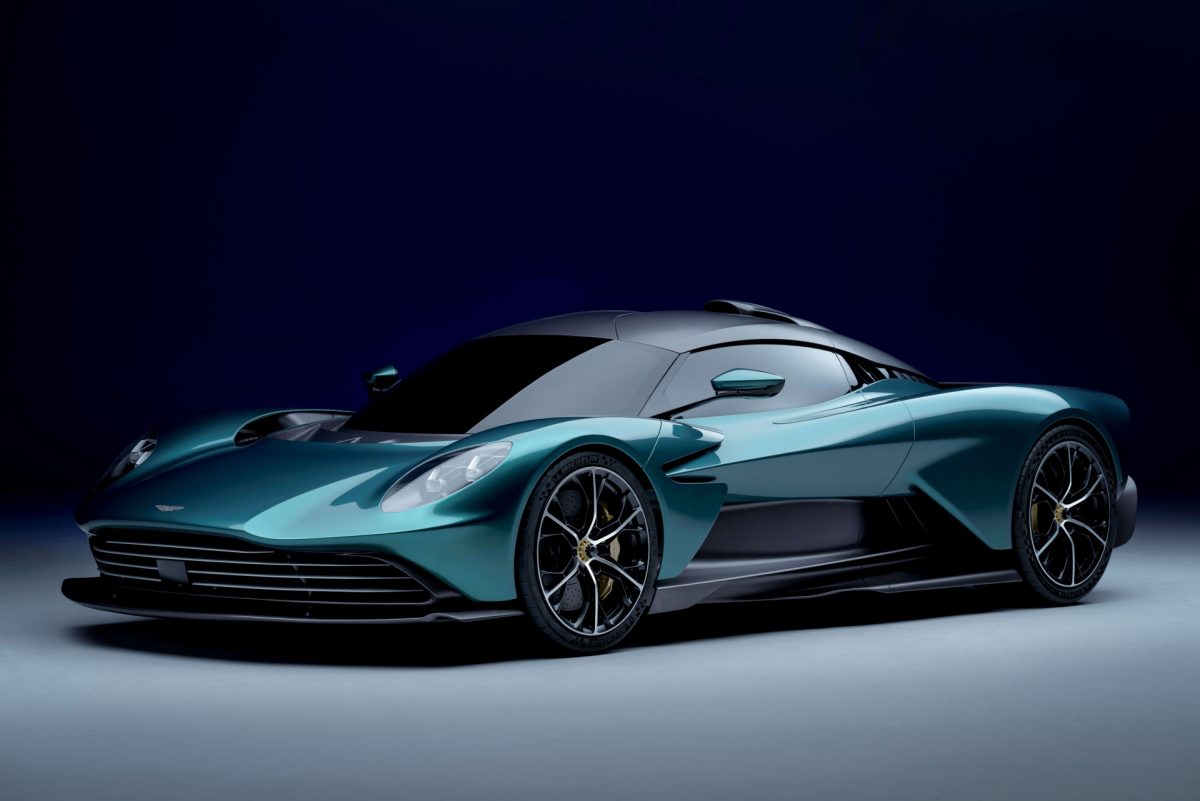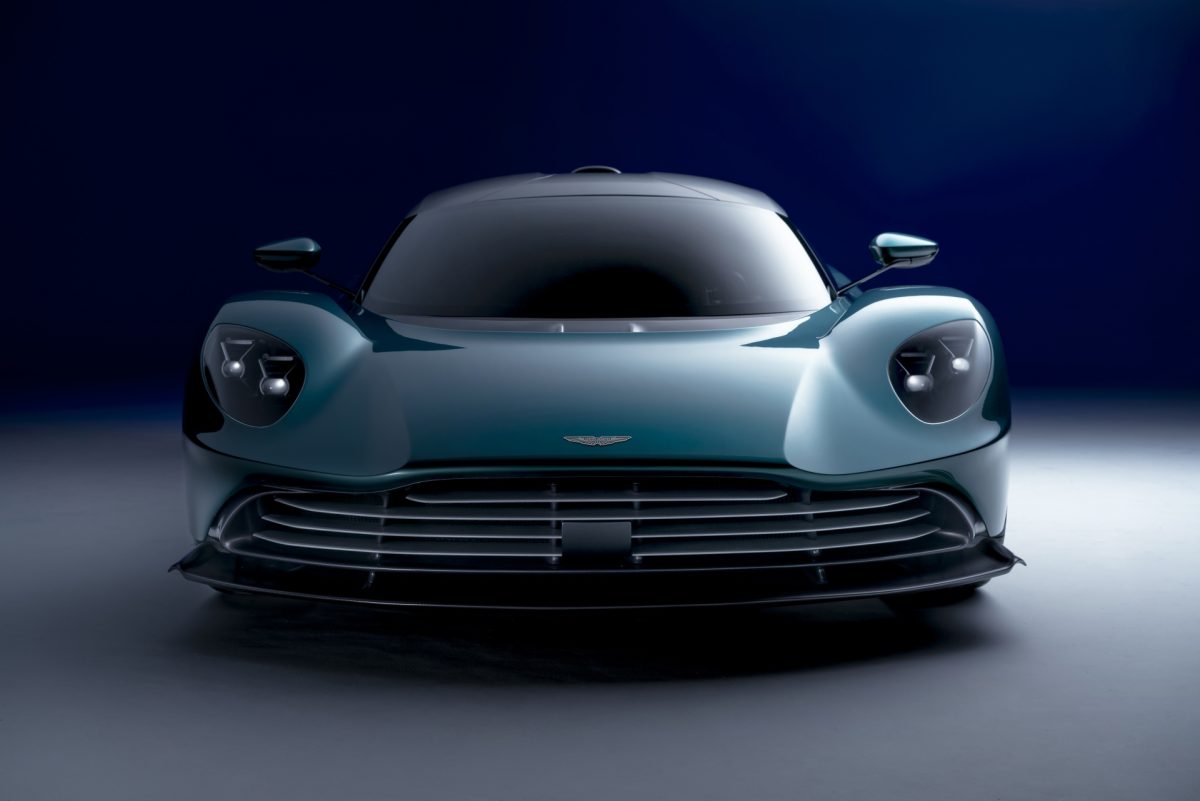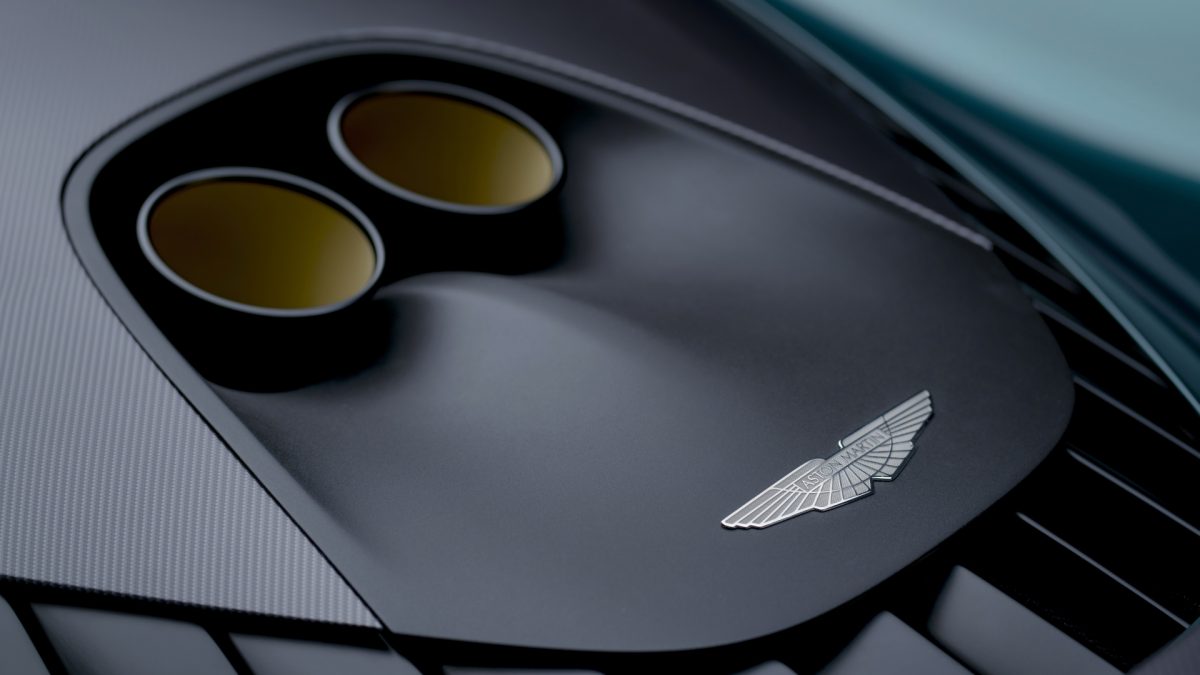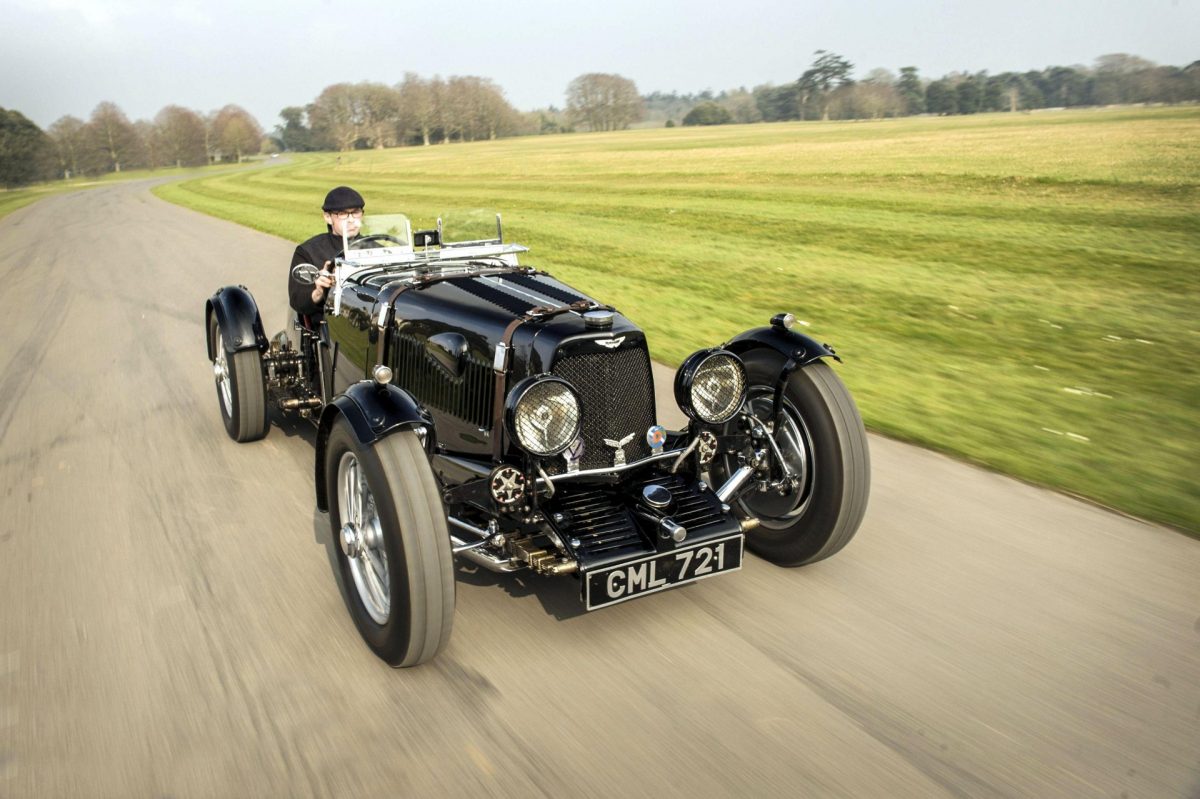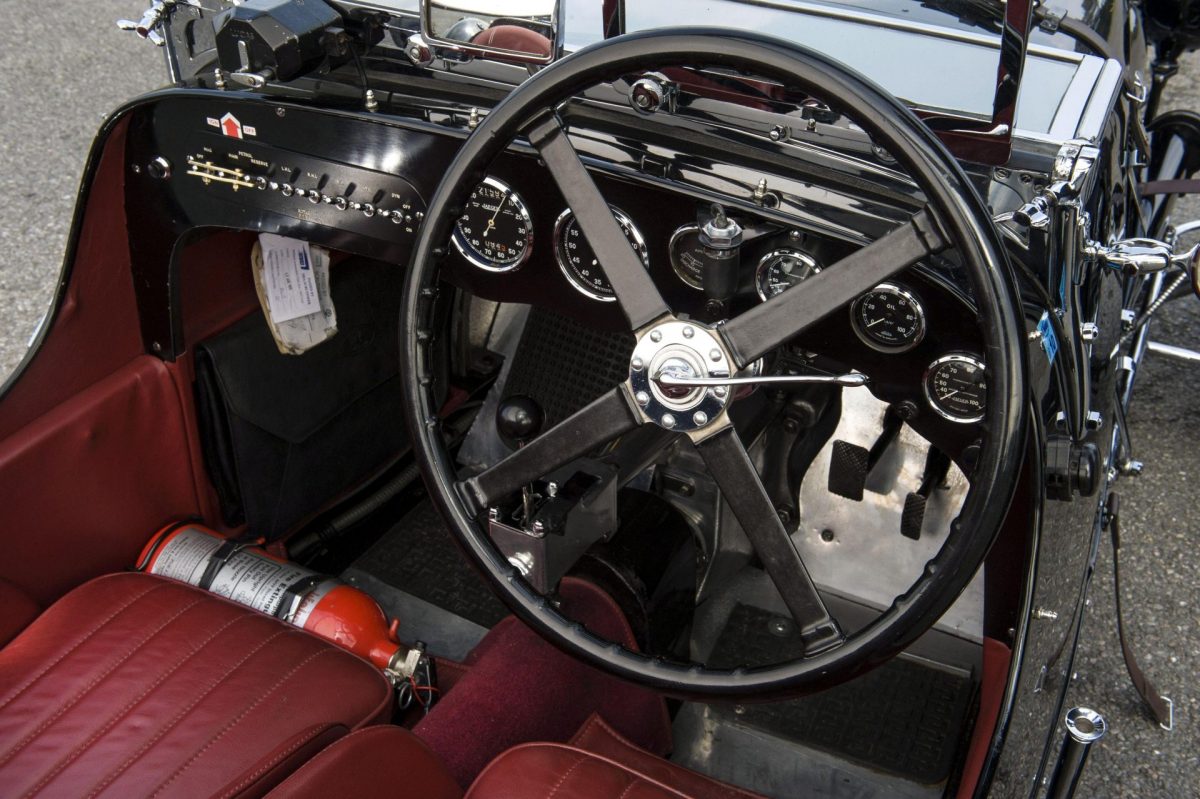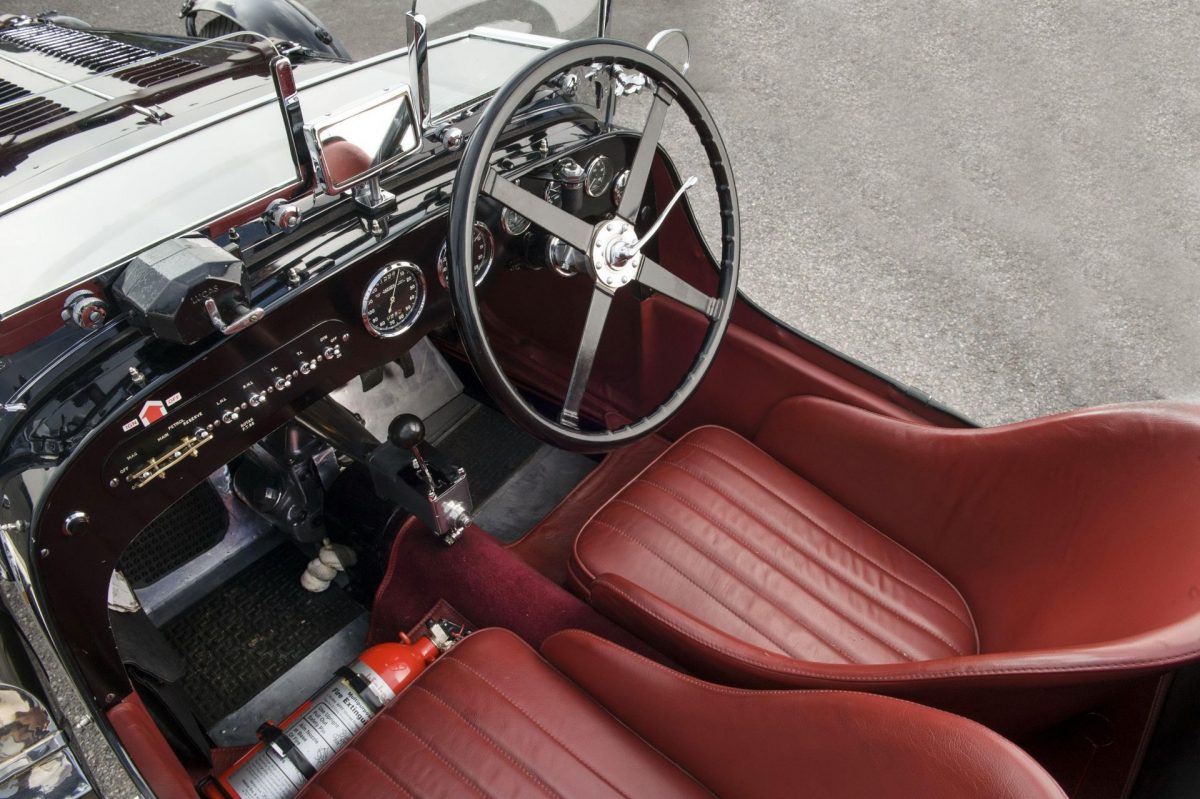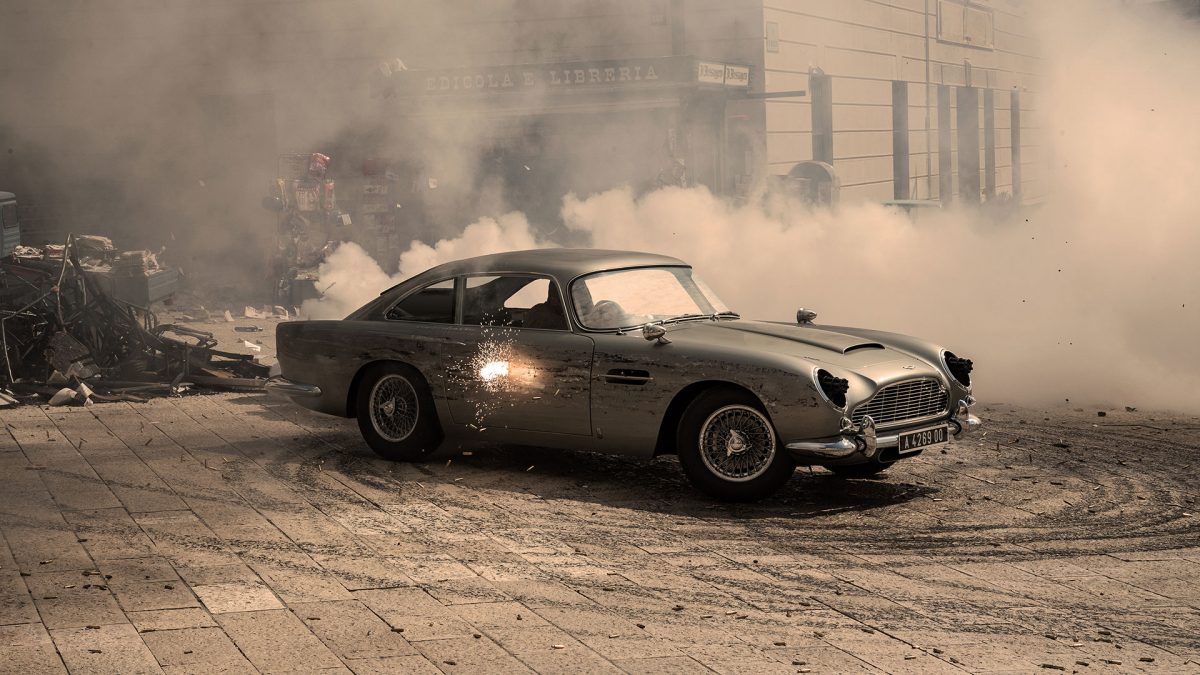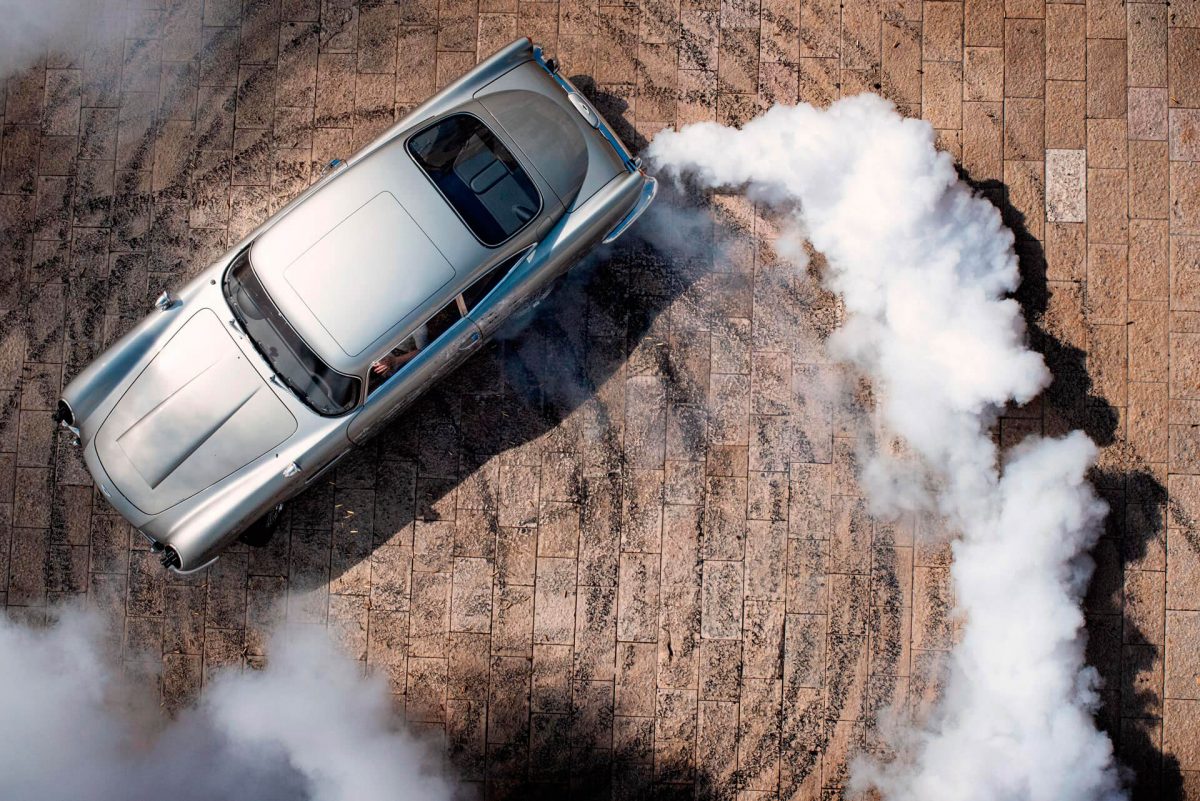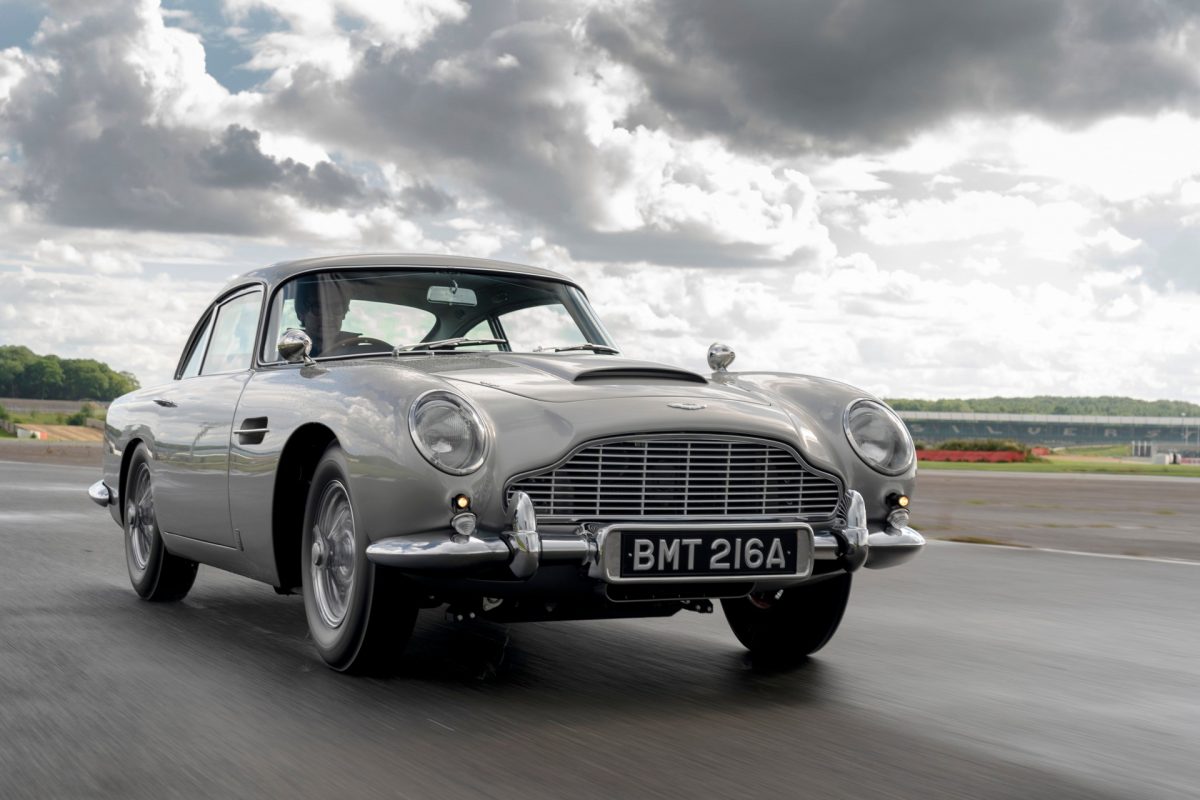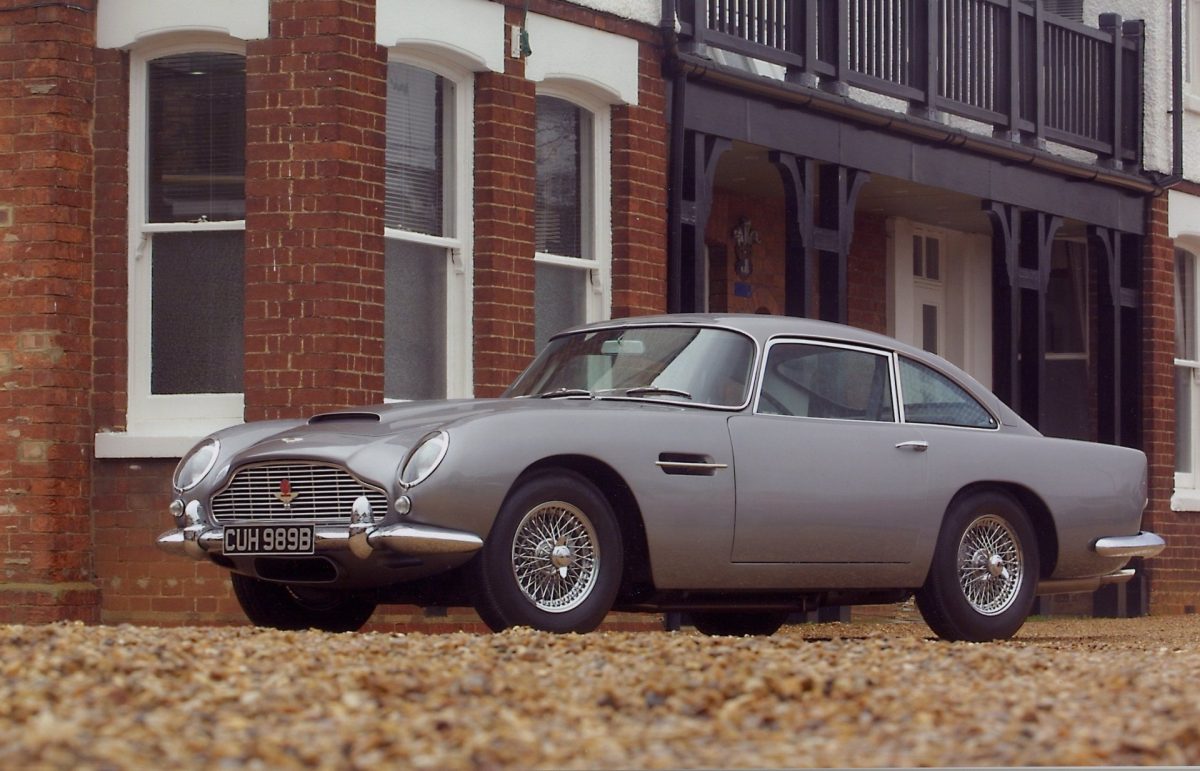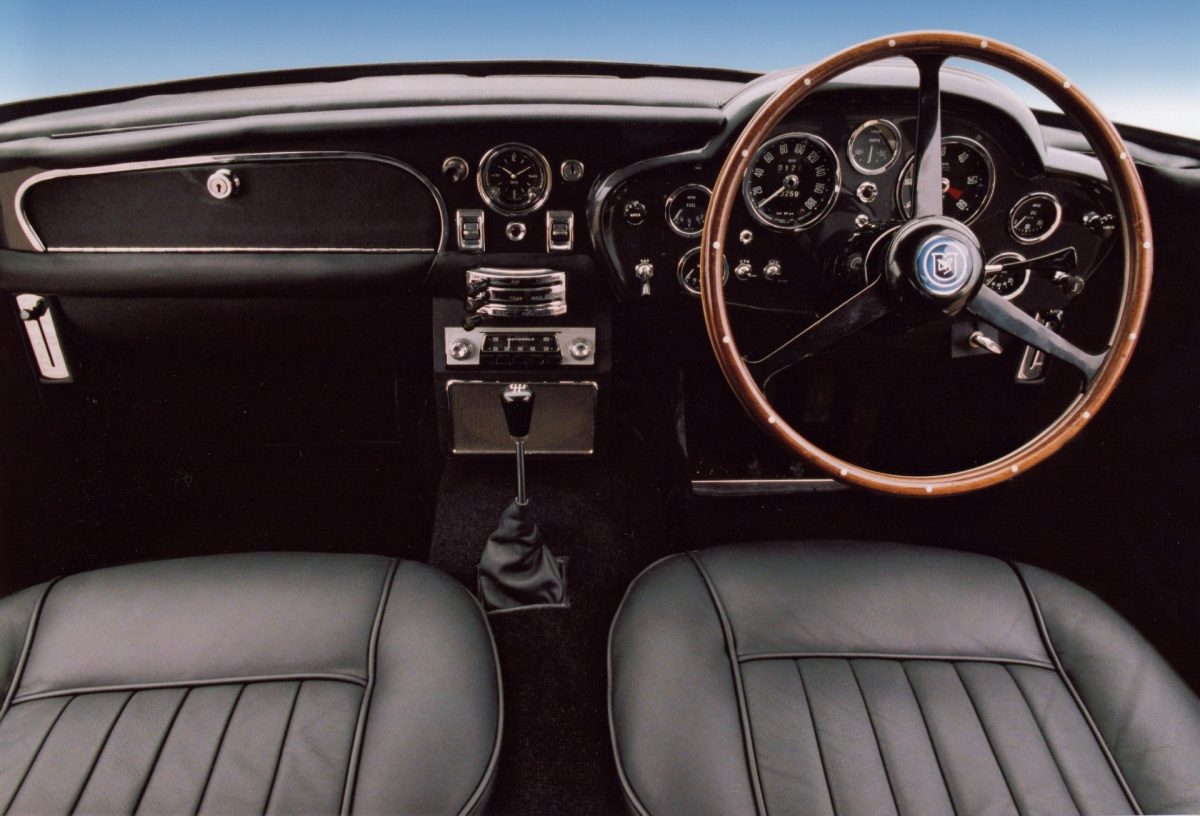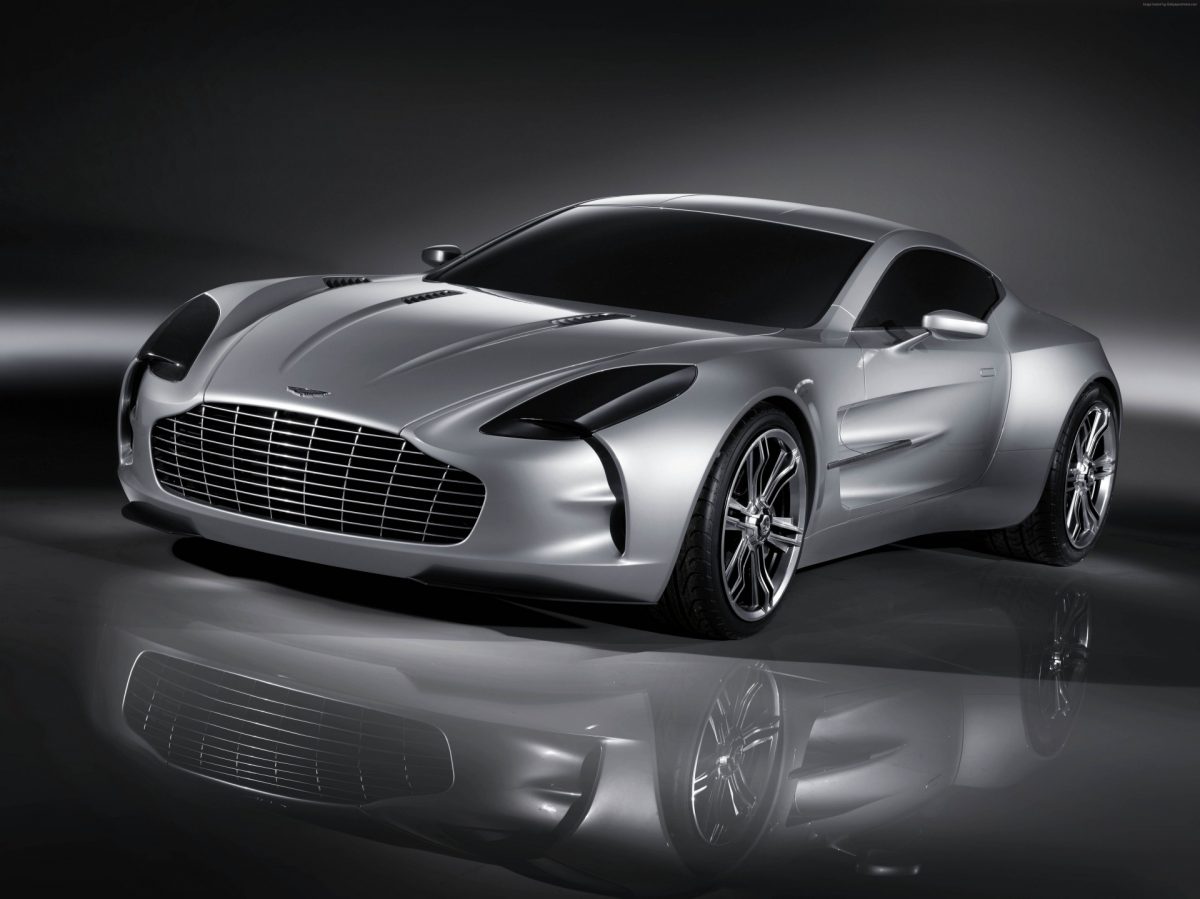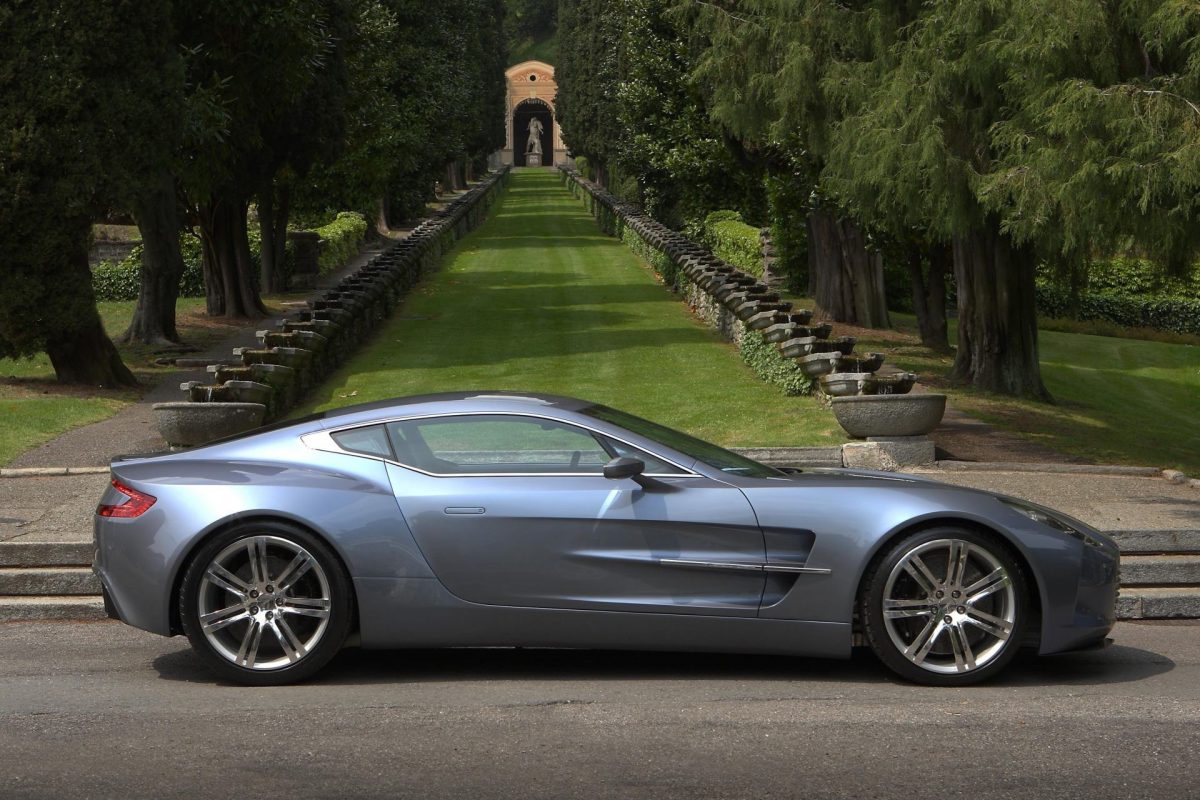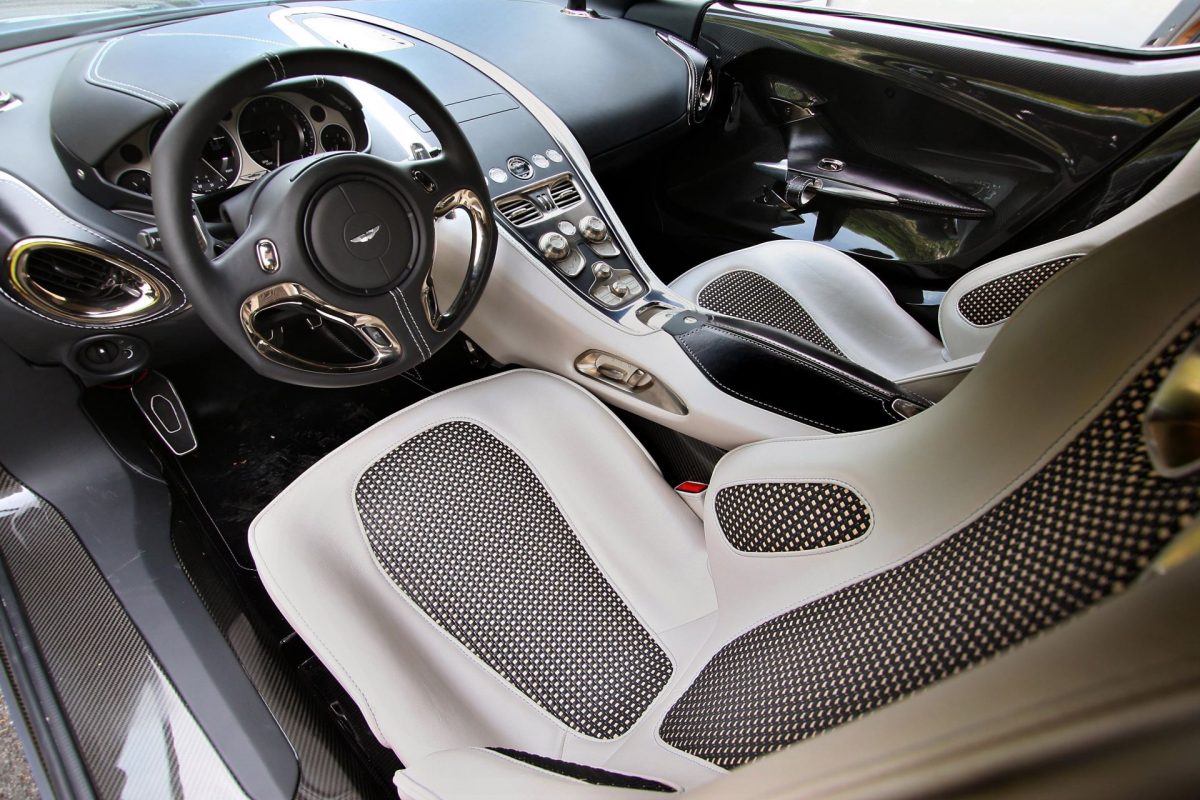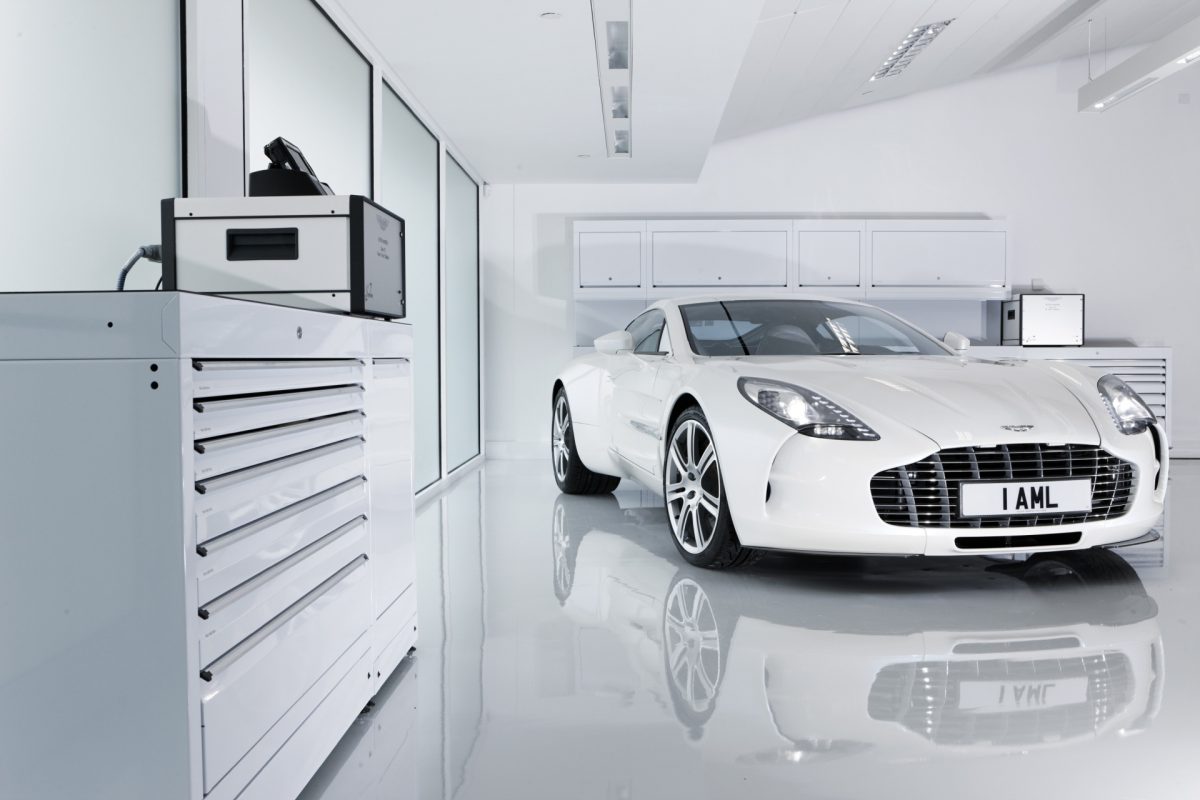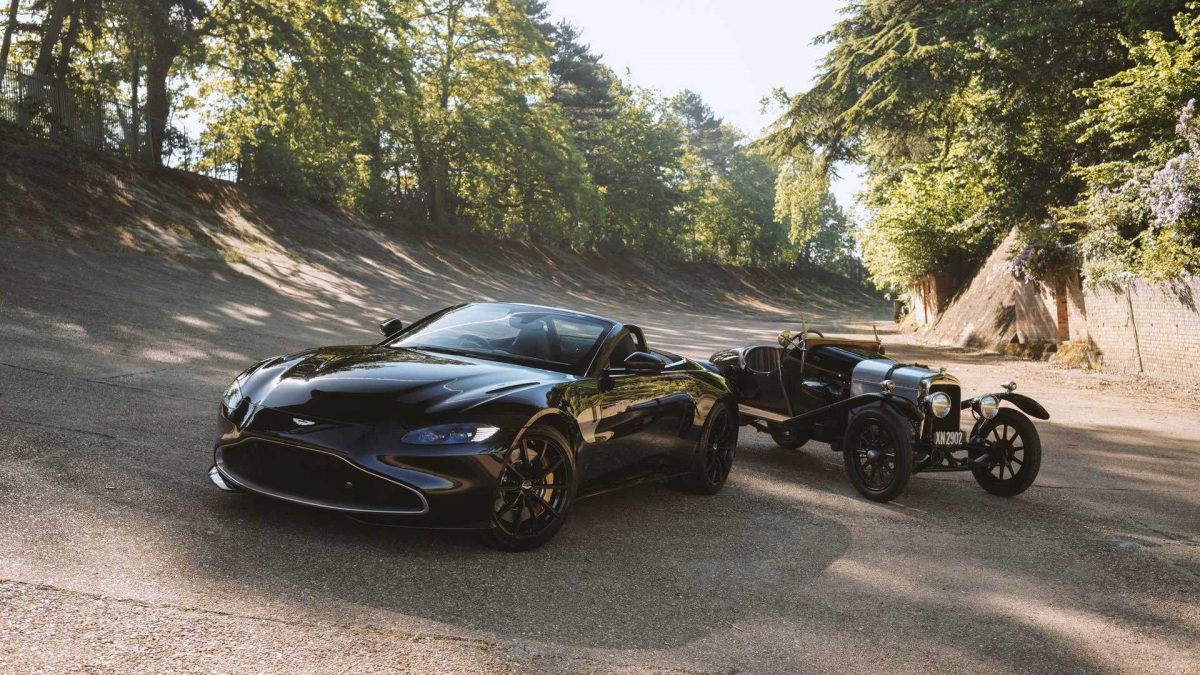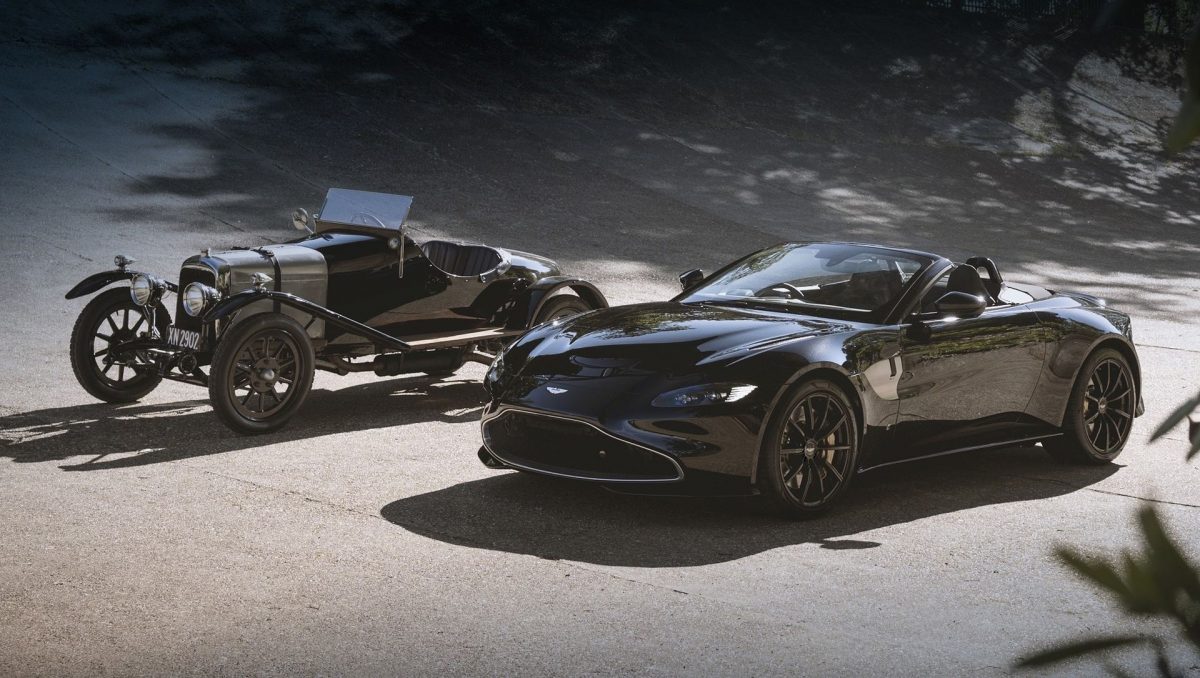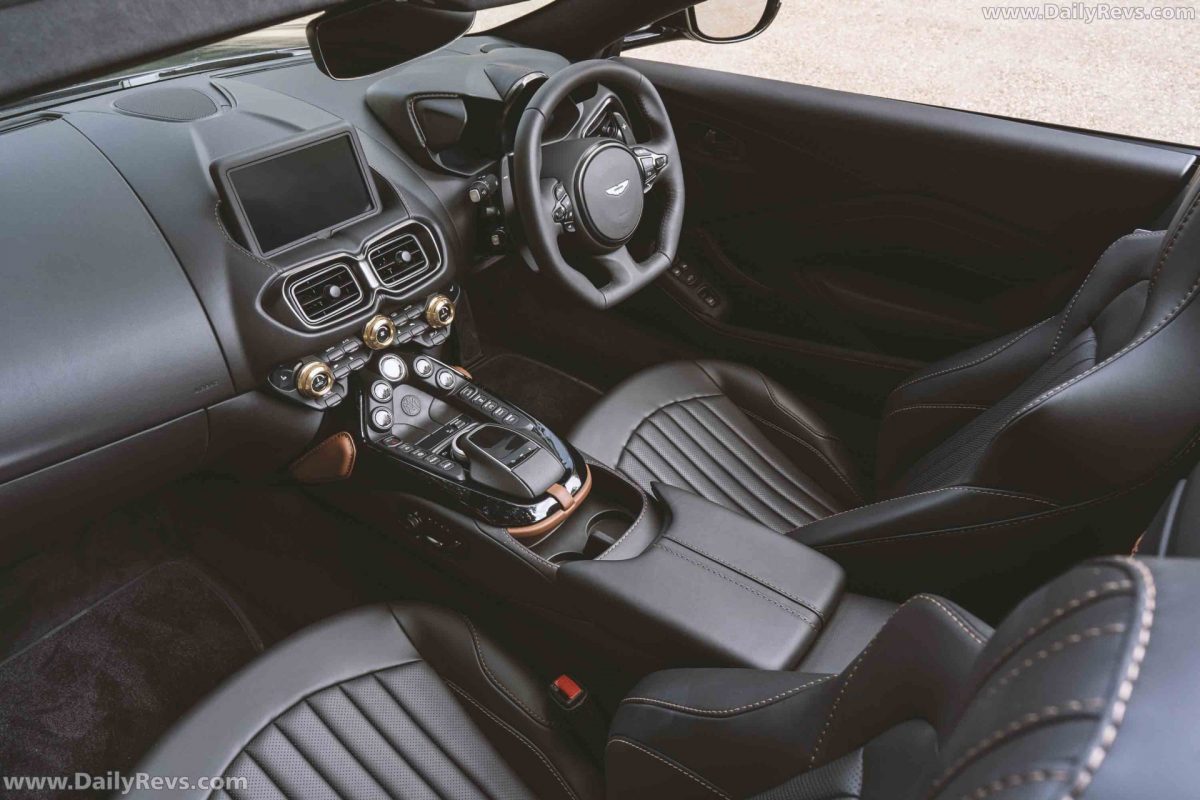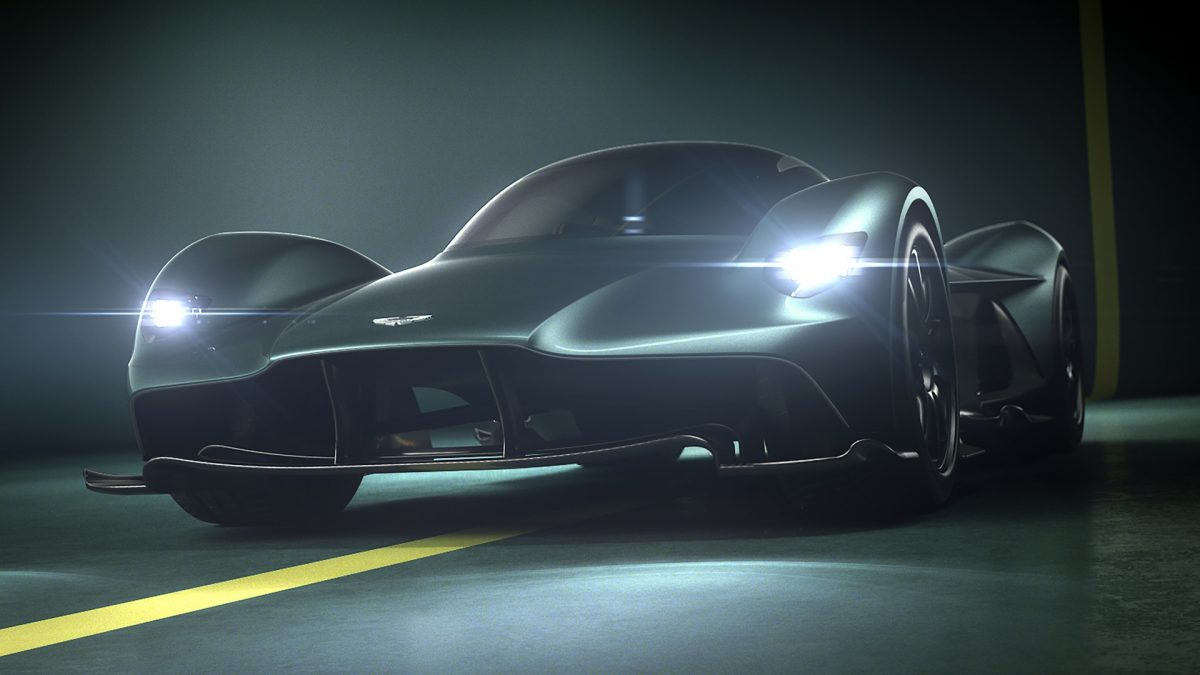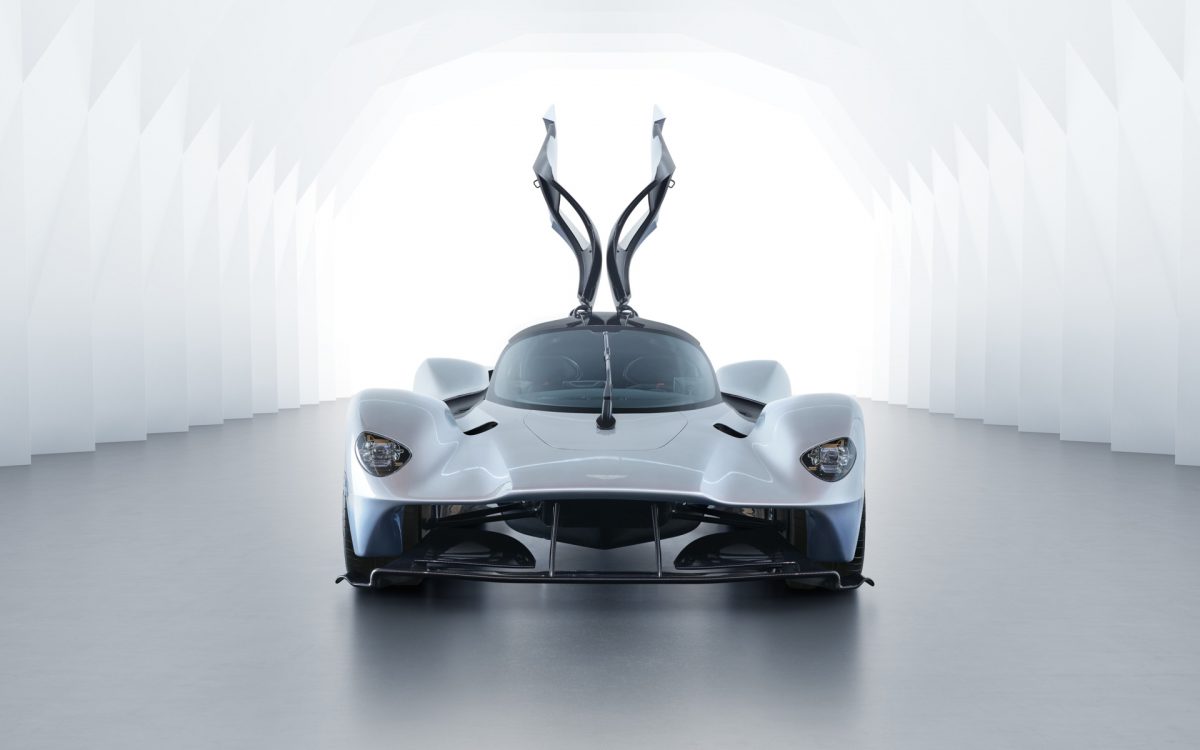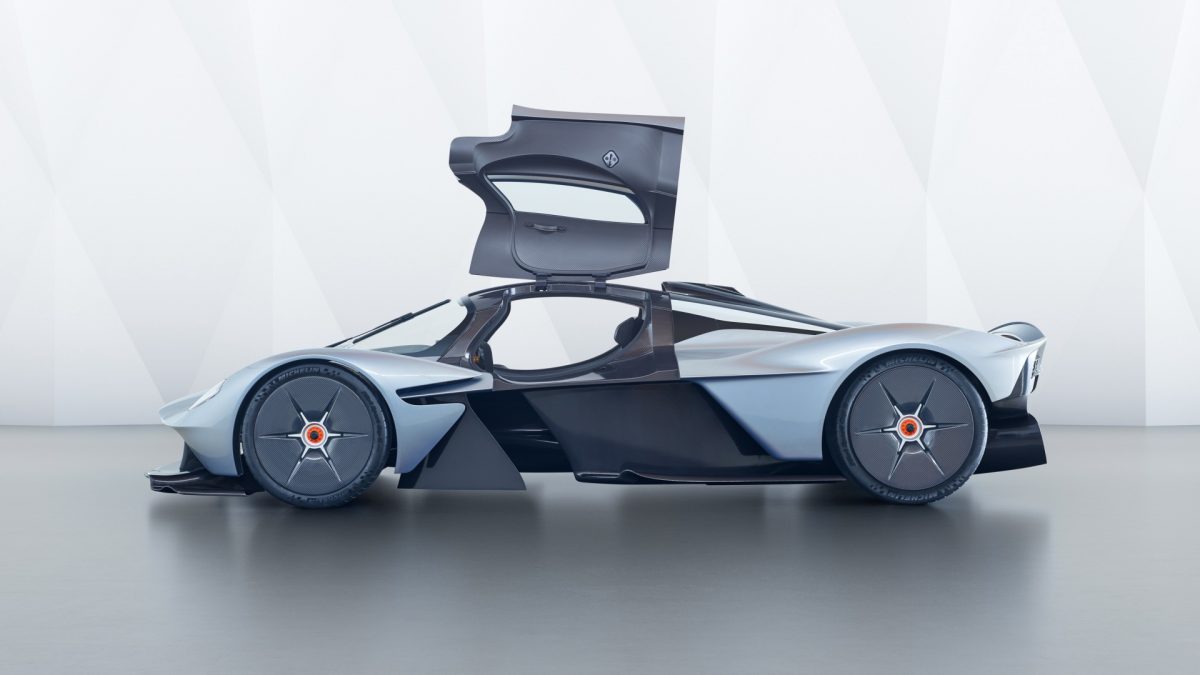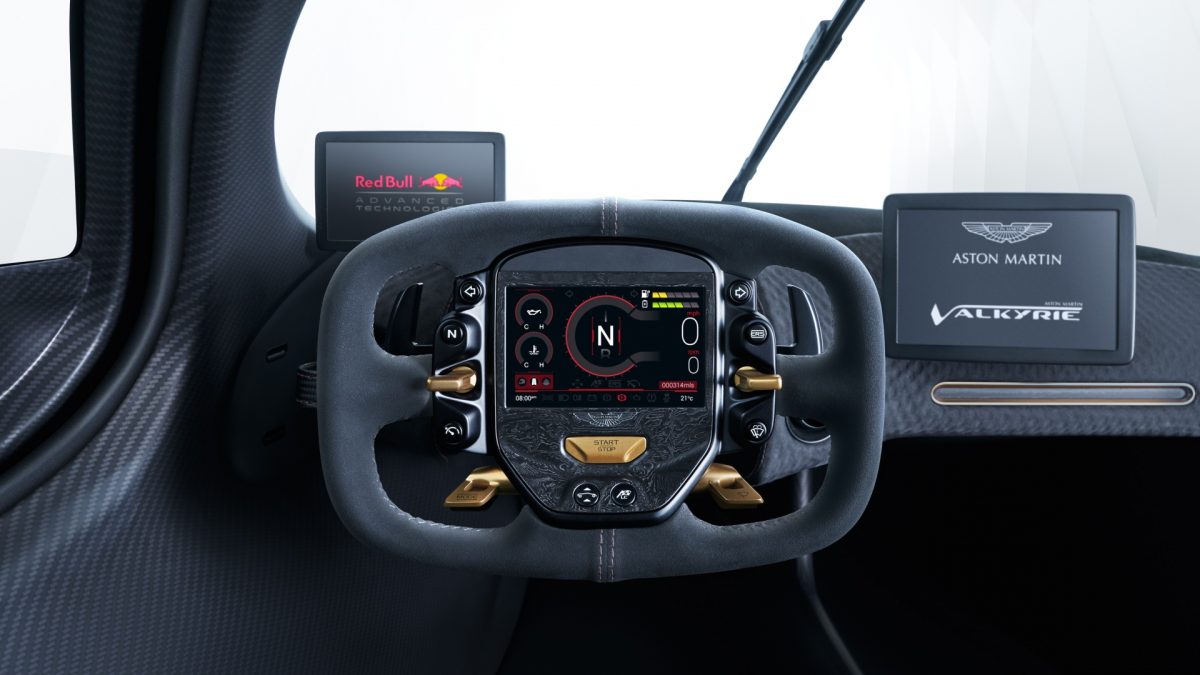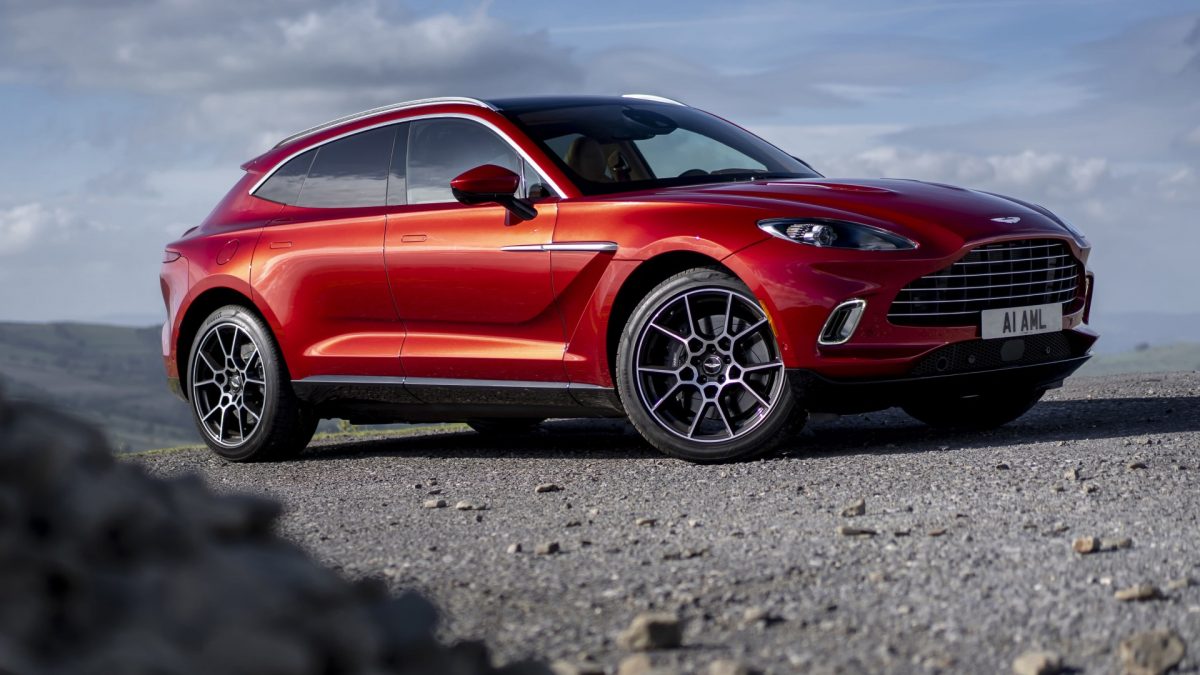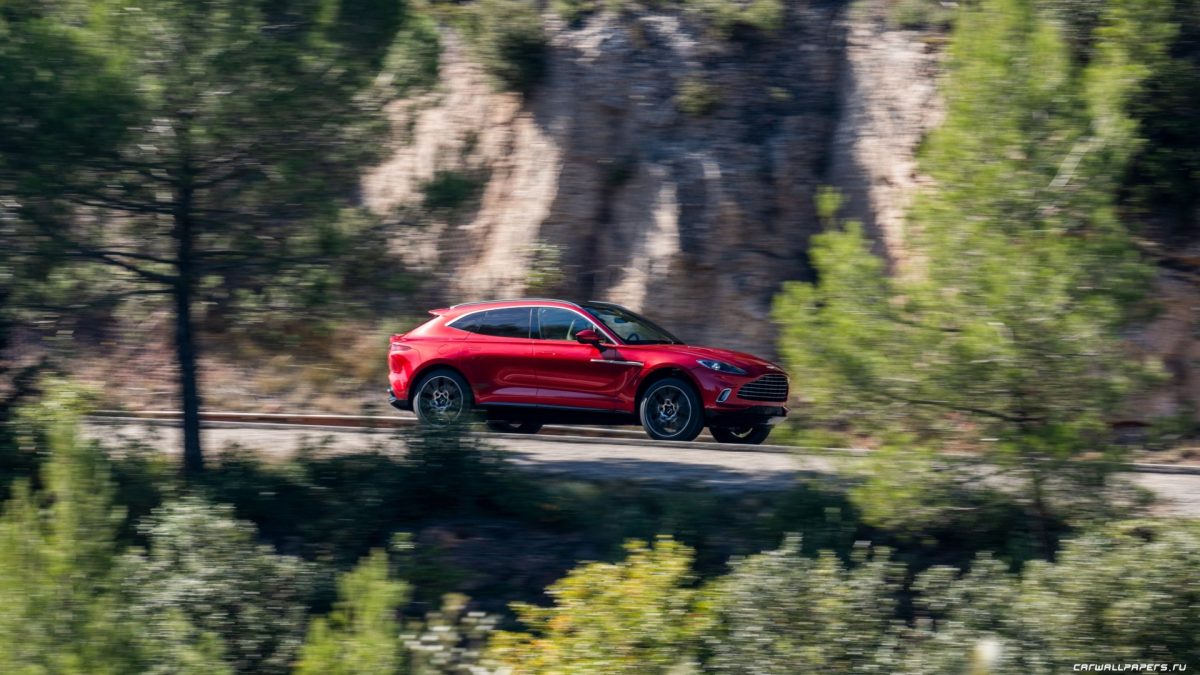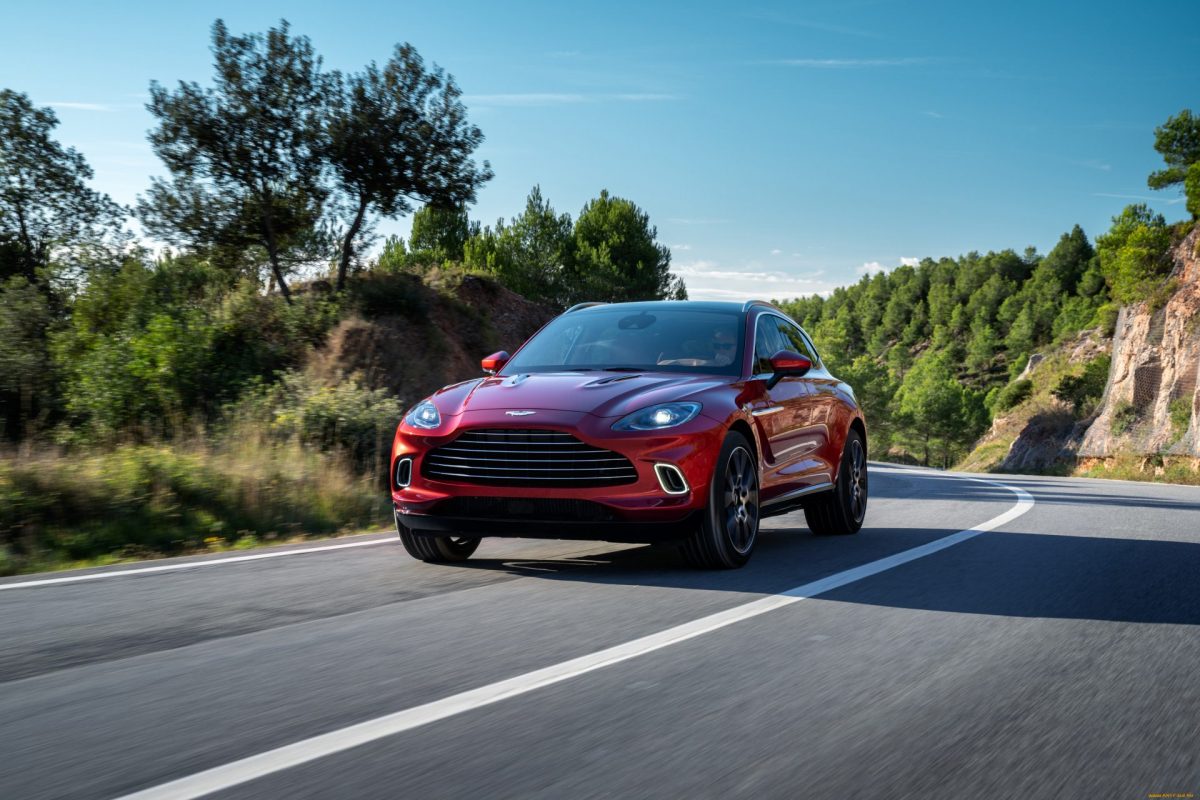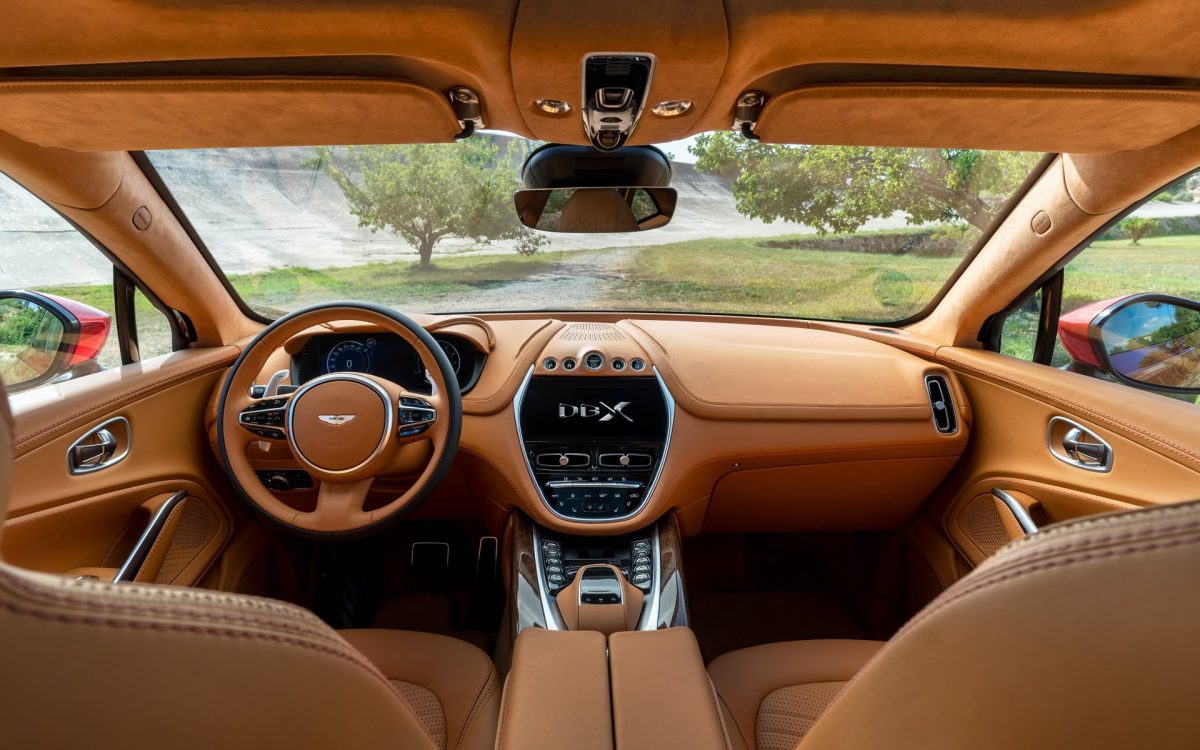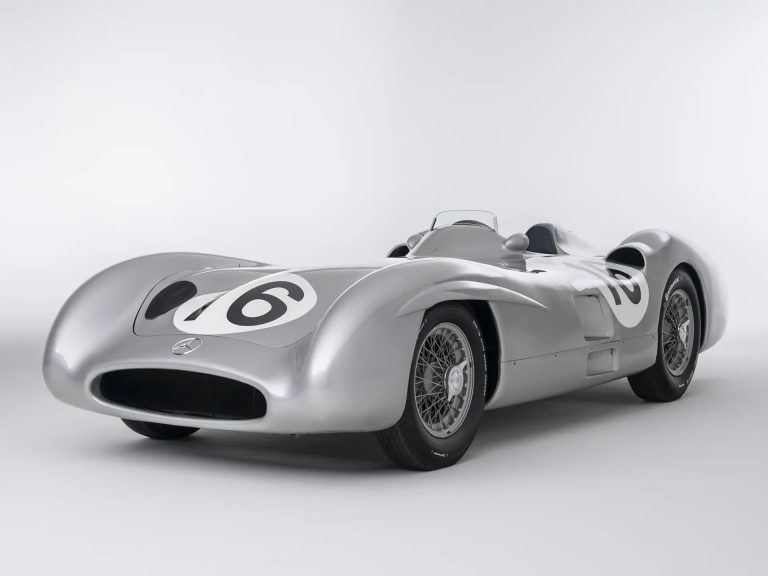Aston Martin has been producing truly British sports cars, playing in the big leagues, throughout its century-long history. And it is continuously honing its unique design, in which aristocratism perfectly coexists with manual labor and rebellious spirit.
On the shelf in the office of the creative director Marek Reichman in the headquarters of Aston Martin in English Gaydon there is a collection of all (or almost all) cars produced in the nearly 110-year history of the brand. Including the ones created by the guru of automotive design during the years of his work for the company. The incredible One-77, DBS, Vulcan, Rapide, DB11, Vanquish, Vantage, Valhalla, DBX embody his strategy of ultra-modern design based on tradition. Today the historical baggage of the brand, founded in 1913 by Lionel Martin and Robert Bamford, forms the Aston Martin style on equal rights with bold design innovations.
Sports History
The very first car of the brand, the legendary Coal Scuttle, could not be called a design masterpiece in the least. It got its name because of the characteristic shape of the hood, resembling a coal bucket. However, in 1913, it was the model Lionel Martin used to win the Aston Hill Climb, leaving behind Stutz and Bentley. The name of the hill and Lionel’s surname formed the name of Aston Martin brand.
In 1934, the iconic Ulster appears, based on the Tourist Trophy sports car. By this time the design DNA of the brand had already been formed. The car, which could reach the crazy speed of 170 km/h, had a body like an airplane fuselage, a huge hood, fixed with leather straps. In the cabin, the first signs of future corporate chic were already visible: the entire left side of the front panel is a collection of Jaeger instruments, narrow bucket-shaped leather seats help in the corners to hold firmly in the “seat”.
Bond, James Bond
In 1947, the company was headed by David Brown, whose initials are immortalized in the famous Aston Martin DB series. The design of the firstborn, DB1 (originally it was called 2-Litre Sports), was revolutionary without exaggeration. Its author, Frank Freely, in addition to the streamlined forms of the open body gave the car a radiator grille consisting of three parts, which predetermined the form of “grills” of all subsequent Aston Martin cars. The puffy front fenders housed the spare seats, and the seats were combined into a sofa with a folding armrest.
It was only natural that DB cars made their way into the cinema. In 1963, Alfred Hitchcock shot the DB2/4 convertible in his thriller The Birds. But the main star was the DB5 Grand Tourer, produced from 1963 to 1965, which became James Bond’s car in eight Agent 007 films, including the final episode of the movie saga Not the Time to Die.
The spy gadgets with which the DB5 movie was stuffed could not overshadow its stunning design. The Italian Carrozzeria Touring Superleggera’s masterpiece featured a long hood, recessed headlights, a grille with horizontal bars, air intake slits in the hood and fenders, ultra-thin-spoke wheels and a gas tank hatch on the rear left pillar. Standard equipment included wool mats, a large chronometer on the center console, and, of course, leather trim.
Handmade
Another advantage of Aston Martin cars is the use of hand-assembly. Take, for example, the elite One-77 supercar, produced in 2010 in 77 copies. The teardrop-shaped headlights, the rib grooves on the front bumper and sides, the wheel arches raised almost to the level of the hood, and the exterior mirrors that are one piece with the doors all require manual labor. The body was assembled using hammers, inertia pads, files, and sandpaper, which helped keep the number of joints to a minimum. The interior features deep seat buckets, a minimum of buttons on the dashboard, an ahead of its time retractable center display and a small steering wheel cut along the chord. The trim was done to the individual wishes of customers, most of whom are collectors. But in all cases, the emphasis is on leather and carbon fiber.
The other variant is the modification of large-series models, turning them into a piece product. A typical example is the Vantage A3, produced by the court atelier Q by Aston Martin for the 100th anniversary of the Prototype A3, the oldest surviving sports car of the company. To mark the connection of traditions and times, designers have provided Vantage A3 with leather straps in front wings, glossy black 20-inch disks in a retro style, bronze spraying of brake calipers and aluminum edge of a radiator grill. In the interior, the brass climate control washers, 1920s-style embroidery with the company name and a combination of black and light brown leather are all references to history.
Not just cars
Tradition for tradition, but the development of technology requires looking into the future. An example of such a forward-looking vision is the Valkyrie supercar. In terms of aerodynamic and dynamic characteristics, this 2018 sports coupe is close to racing cars, and its lifting doors, cameras instead of traditional mirrors and engraving instead of emblems are a hymn to the synthesis of design and advanced know-how. By the way, there are aerodynamic tunnels under the body, and the lightweight wheels know how to control the airflow.
The two-seat interior is styled like a cockpit and has minimal adjustments: the seats are adjusted to the owner using 3D-scanning, the dashboard is placed directly on the hub of the removable steering wheel, and the side-view cameras are near the front pillars. But even with such Spartan minimalism, the interior looks luxurious. This effect is partly due to the combination of expensive leather and carbon fiber, partly to the energy contained in the curves of the interior panels.
A crossover for the gentleman
Aston Martin produced its first crossover only in 2020, later than Porsche, Lamborghini, Bentley, Maserati and Rolls-Royce. Accordingly, in the development of its DBX, the company largely went against the grain. The key task – to keep the grace peculiar to Aston Martin sports cars – was solved by the game of proportions and attention to details. For example, the DBX has an incredibly long hood for a crossover. Wheels, too, are huge, 22-inch. “Duck-tail” rear spoiler, frameless doors and hidden handles familiar from other models of the brand. Air intakes for cooling the brakes right in the daytime running lights and glass instead of traditional plastic as pads for the body pillars – and it’s a challenge to the canons!
How do you surpass the first echelon designers who worked on the Lamborghini Urus, the Maserati Levante and the Bentley Bentayga? For example, by using the finest natural wool, leather and suede not only in the seats and panels, but also on the pad for wireless smartphone charging and the inner part of the armrest cover. Another feature of the DBX is the decorative perforation of the leather, brogueing, which was popular in Scotland and Ireland back in the 16th century and is now widely used in the shoe industry. A tribute to English snobbery we can consider the control of the multimedia system – not touch, but with a joystick, so as not to have to deal with the unaesthetically dirty glass screen.
Photo: auto.vercity.ru, imdb.com, astonmartin.ru, evo.co.uk
